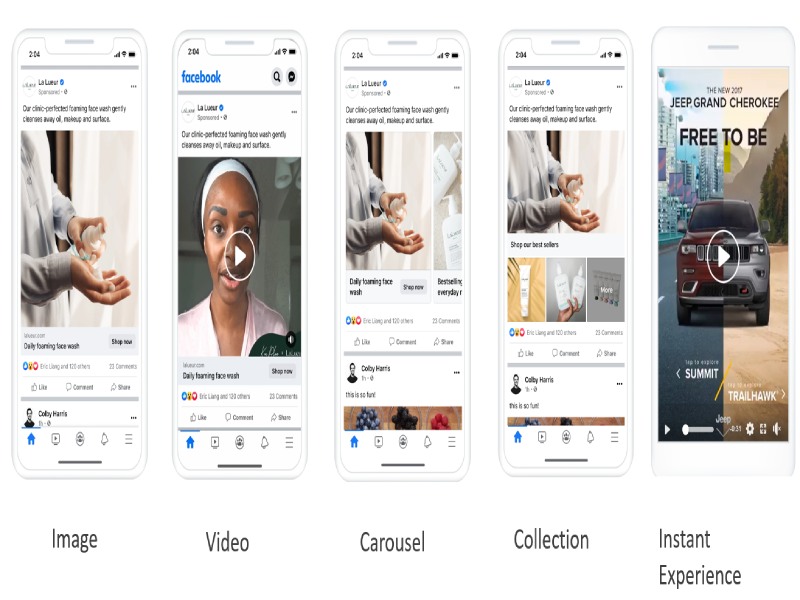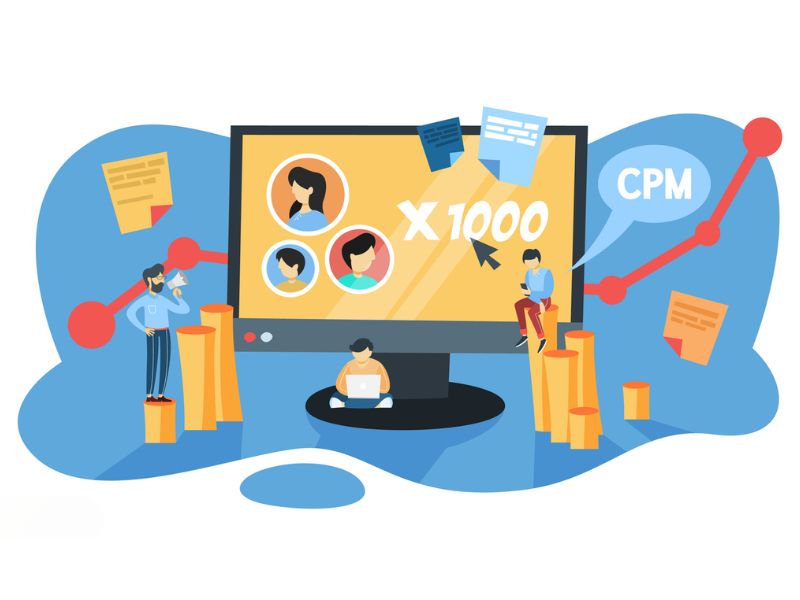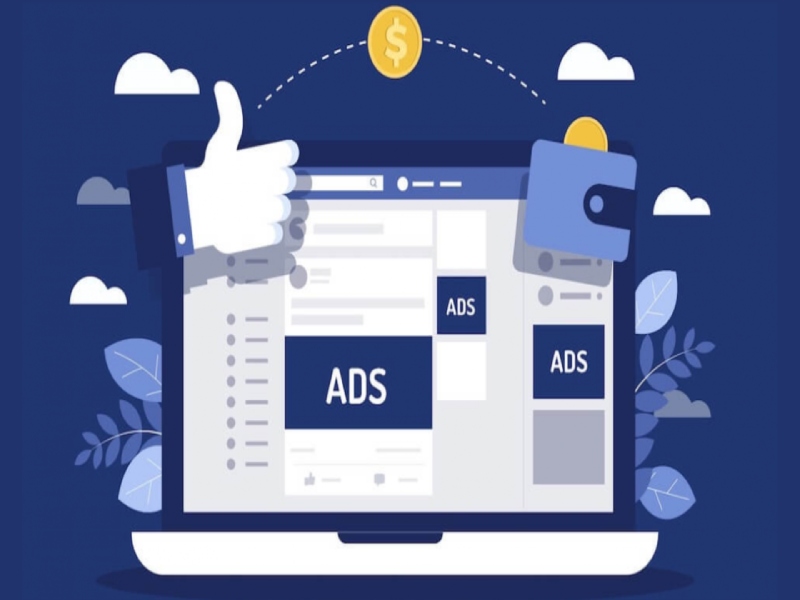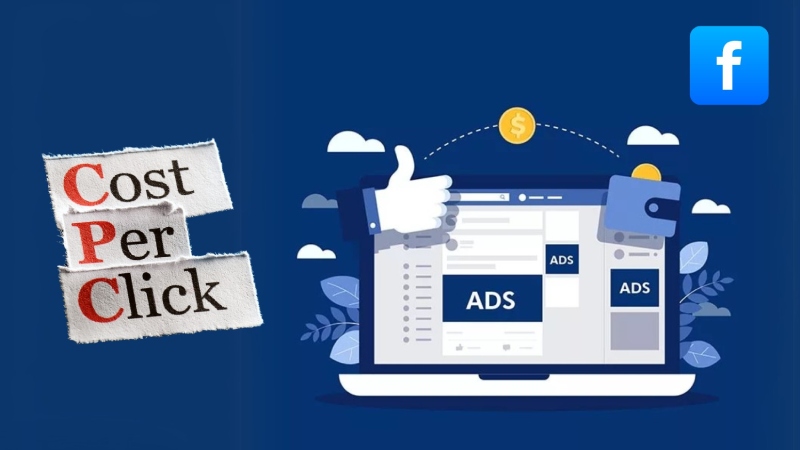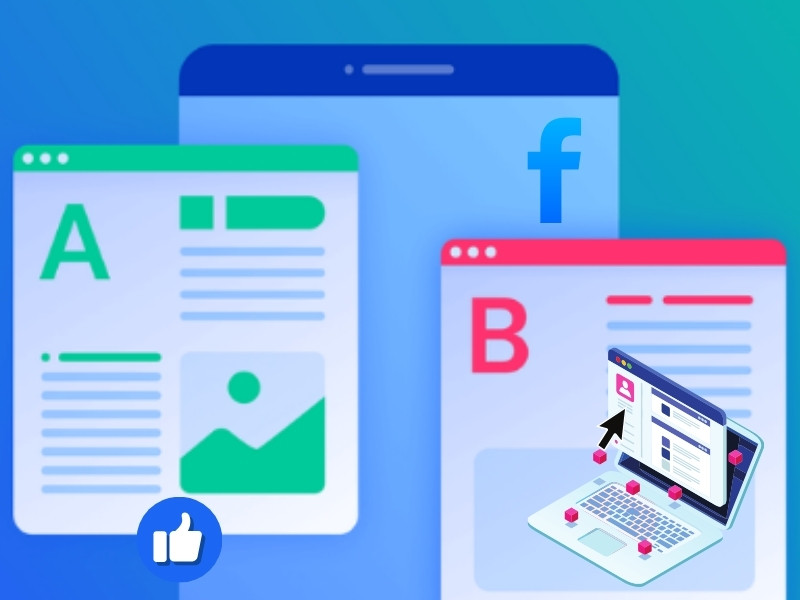Facebook Ads CPC or CPM – which delivers better results? This is one of the most common question that NEMI Ads usually deals with when helping execute Facebook Ads campaigns. In this guide, we will break down their differences, help you choose the best model for your business, and optimize your advertising budget.
1. Facebook Ads CPC or CPM: What are they?
1.1. What is CPM in Facebook Ads?
CPM, also known as Cost Per Mille, is the price you pay for 1,000 impressions on your Facebook Ad. Typically, CPM is prioritized at the initial stage of a campaign when there is a need to increase brand awareness and reach. It is ideal for new brands or products/services with the primary goal of increasing brand impressions.
- CPM Formula: CPM = Ad spend x 1000/ Impressions
- Example: For a $6,000 ad spend campaign earning 5,000 impressions, your CPM would be $1,200.
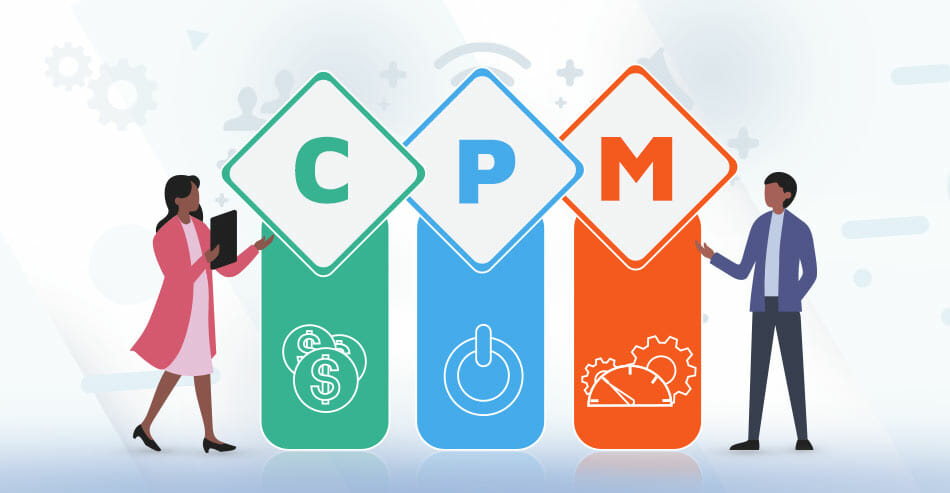
1.2. What is CPC?
Different from CPM, CPC (Cost Per Click) is more focused on the later stages when a brand has a certain position in the market. Defined as the price you pay for each click on your Facebook Ad, CPC is best for driving traffic and conversions, directly affecting sales and profit.
- CPC Formula: CPC = Advertising cost/ Number of clicks.
- Example: If you spent $6,000 and got 400 clicks, your CPC would be $15.
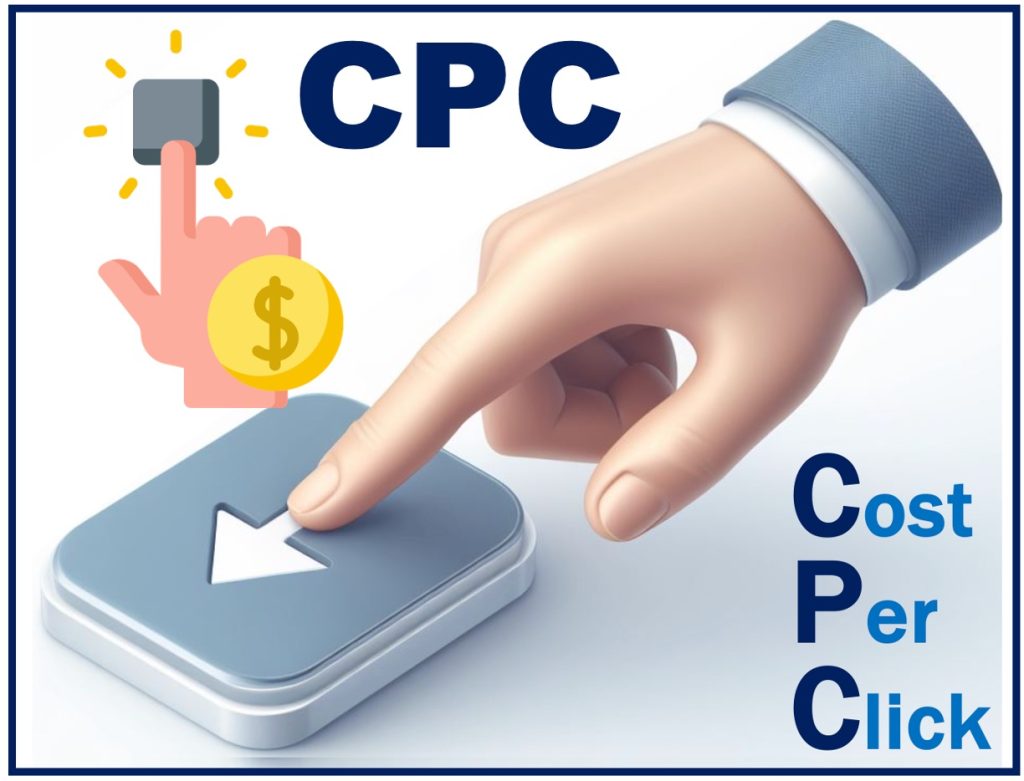
2. Facebook Ads CPC vs. CPM: Key Differences
Facebook Ads CPC or CPM both bring advantages, disadvantages, and profitability to your brand. By examining them thoroughly, we can better evaluate which cost model is more compatible with your campaign objectives.
| Key Differences | CPC (Cost Per Click) | CPM (Cost Per Mille) |
| Strengths | Easier to track and measure (CTR).More control over spending on advertising. | Simple to understand. Useful to compare cost effectiveness across different websites or platforms. |
| Weaknesses | Receive fewer impressions. Does not guarantee that clicks lead to sales. | Impressions do not necessarily mean views, and they definitely do not mean clicks. Hard to track the ROI of cost per mile. |
| Cost of campaigns | Often more expensive. CPM campaigns can become costly due to broad demographic parameters. | Often more cost effective. Can be cheaper overall for a business. |
| Value for money | Offer a better return on investment. | Ad networks do not guarantee that these impressions convert into clicks or purchases. |
>> You need to find out the latest CPC and CPM costs? Contact NEMI Ads now!
In short, CPC provides more control and is easier to track but may result in fewer impressions and does not ensure sales. Meanwhile, CPM does not guarantee engagement, making it harder to track ROI. CPC tends to be more expensive but offers a better ROI, while CPM campaigns can be cheaper but risk higher costs if not carefully managed.
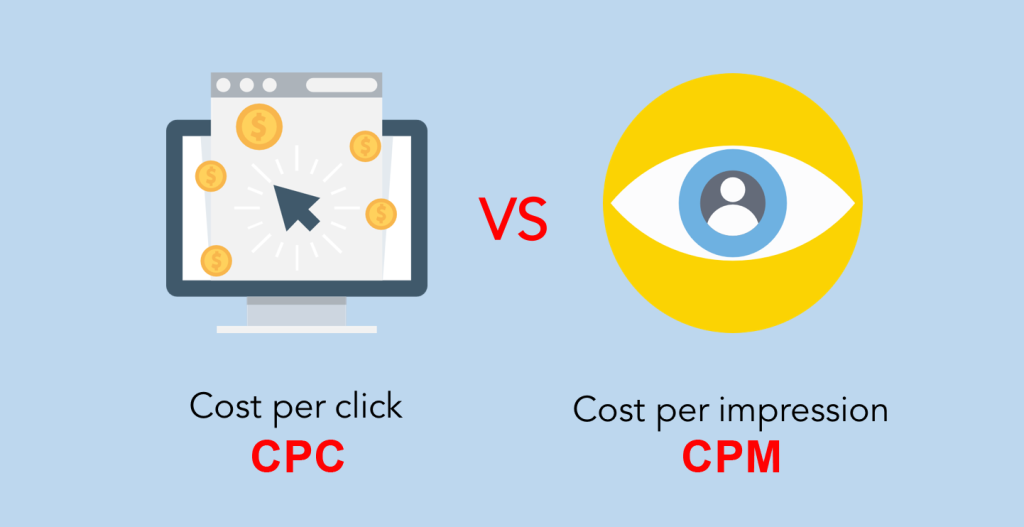
3. How to choose Facebook Ads CPC or CPM for your Business?
If you can not make a decision yet, taking your business situation into consideration would be the best method. By looking at your ultimate goal, available budget and customer journey, you can determine which costs should be invested at this time.
3.1. Identify your campaign goals
Your campaign goals are the first and most crucial factor in determining whether to use Facebook Ads CPC or CPM. If your primary objective is to drive action, such as boosting sales, sign-ups, or other conversion-focused activities, CPC is your best bet. CPC allows you to pay for actual engagement, ensuring that you only spend money when someone interacts with your ad.
Unlike CPC, CPM is the way to go if your goal is to increase brand awareness and reach as many people as possible. This model focuses on displaying your ad to a broad audience, making it ideal for new brands or product launches.
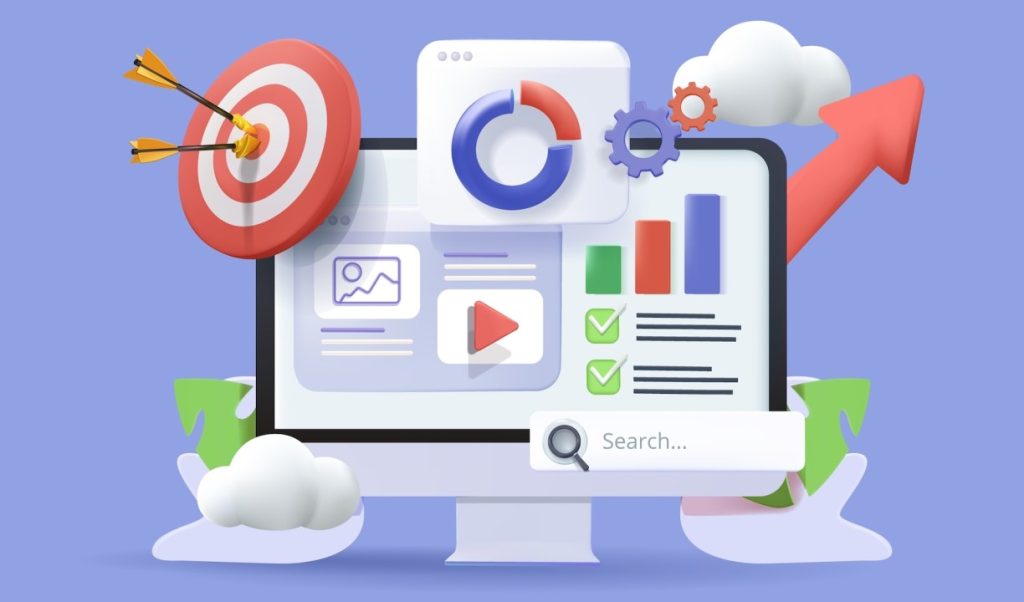
3.2. Consider your budget
Beside campaign goals, budget is also a key factor in choosing between CPC and CPM.
If you have better control over your spending and want to pay only for actual engagement, CPC is more suitable. This model ensures that every dollar spent translates into a specific action, making it ideal for businesses with a well-defined target audience.
For businesses with a limited budget that still want to maximize the number of people who see their ad, CPM might be more cost-effective. However, it is important to manage CPM campaigns carefully to avoid unnecessary spending.
3.3. Analyze your audience
Last but not least, understanding which stage your audience are at will guide you to make a well-informed decision. In case you are launching less targeted campaigns or do not have in-depth customer profiles yet, CPM might be more appropriate. This model allows you to cast a wider net, which is useful when trying to build brand recognition.
On the other hand, if you have a well-defined audience that is likely to engage with your ads, CPC will help you maximize engagement and drive conversions. By targeting specific groups, you can ensure that your ad budget is spent on users who are more likely to take action.
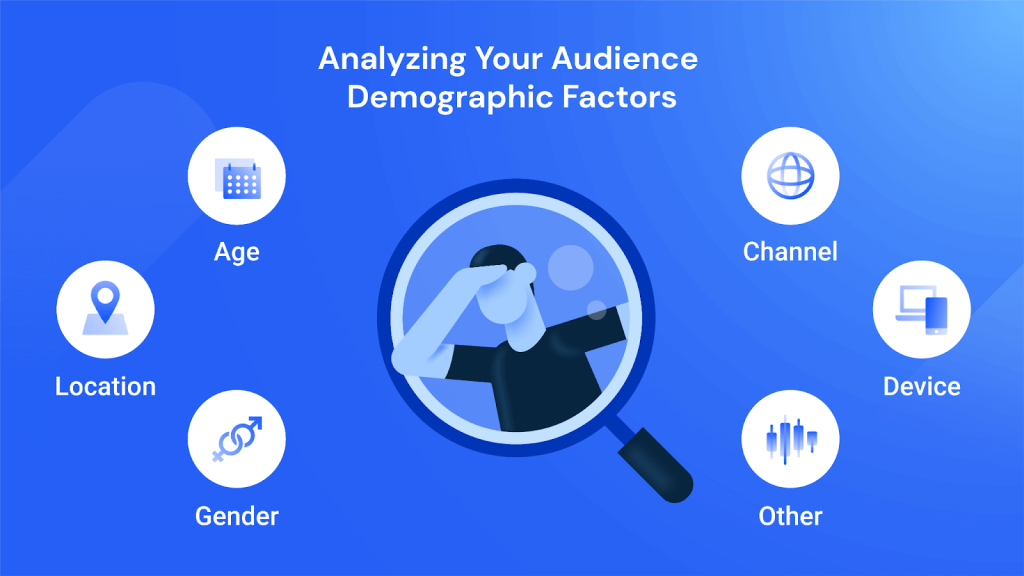
3.4. Should I use CPC or CPM?
According to criteria above, we can draw the following conclusions about the use case of CPM and CPC:
Use CPC when:
- Your primary goal is to drive traffic to your website or landing page.
- You need to generate leads, sales, or other conversions.
- You want to pay only for actual engagement (clicks) rather than impressions.
Use CPM when:
- Your primary goal is to increase brand visibility and awareness.
- You want to reach a broader audience without the need for immediate action.
- You have a limited budget but want to maximize the number of people who see your ad.
CPC and CPM are used for different purposes and cannot replace each other. The final choice, thus, would depend predominantly on your specific campaign goals, budget, and audience engagement levels. Also, running A/B tests with both CPC and CPM can also help you determine which model performs better for your business.
4. 3 Tips to lower your Facebook Ad Costs
Even when knowing what Ad payment to make, you can still waste your budget and get undesired results. Therefore, knowing how to reduce Facebook ad costs while maintaining effectiveness is a top priority for many businesses. Here are three tips to help you get the most out of your ad budget.
4.1. Optimize A/B Split Testing
A/B Split Testing is designed to help businesses find out the most efficient and effective ads for their audience. You can start by experimenting with various types of copy and visuals. This could involve testing different headlines, body text, and images to discover what resonates most with your target audience.
The placement of these elements can also significantly impact how your audience interacts with the ad. For instance, placing a discount code at the top of the ad versus the bottom can lead to different levels of engagement.
Finally, experiment with various calls-to-action (CTAs) to determine which ones attract the most clicks. Whether you are using phrases like “Shop Now,” “Learn More,” or “Get Started,” each CTA can drive different types of engagement. By identifying the most effective CTAs, you can boost click-through rates and, ultimately, conversions.

4.2. Create a Full-Funnel Strategy
Full-Funnel Strategy is a comprehensive approach that considers all stages of a customer’s journey. This strategy is essential for guiding your audience through the customer journey, from awareness to conversion. A Full-Funnel Strategy usually includes 3 main stages: Awareness, Consideration and Conversion Stage.
The Awareness Stage is where you focus on raising brand awareness by increasing reach and driving traffic to your website. Meanwhile, in the Consideration Stage, your goal is to encourage interactions, app installs, clicks, etc. Finally, in the Conversion Stage, you aim to turn those engaged users into paying customers.
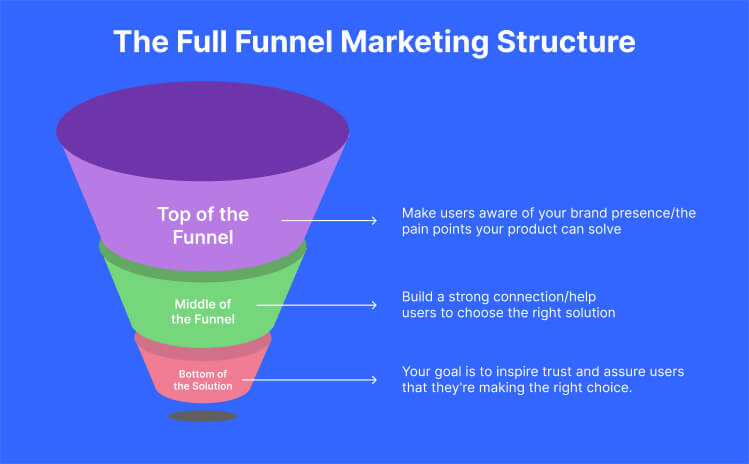
4.3. Utilize the Facebook Ads Placements Setting
Choosing the right placement for your Facebook Ads can make a significant difference in your campaign is performance.
In the “Placements” section, select Automatic Placements. This setting allows Facebook to decide where your ads will appear based on where they are likely to perform best. Facebook’s algorithm uses a data-backed strategy to place your ads across its various platforms, including Instagram, Messenger, and across all other assets under Meta.
By allowing Facebook to handle the placements, you can run better, faster, and more cost-effective campaigns. This approach not only saves time but also optimizes your ad spend by ensuring that your ads are shown in the positions most likely to generate results.
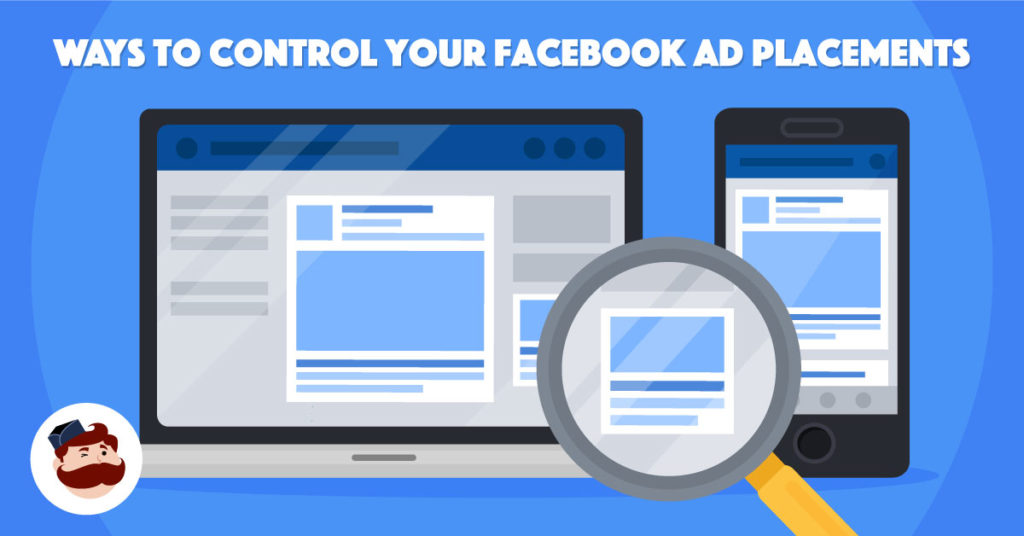
5. FAQs about CPC and CPM in Facebook Ads
1. Can I switch between CPC and CPM during a campaign?
Yes, Facebook Ads Manager allows you to switch between CPC and CPM, but it is essential to consider the impact on your campaign objectives before making the change.
2. Which is more cost-effective: CPC or CPM?
In most cases, CPM is more cost-effective than CPC. However, with CPC, you only spend money when someone interacts with your ad, which allows you to have more control over spending on advertising.
3. How do I measure the success of a CPC campaign?
Measure success by tracking key metrics like Click-Through Rate (CTR), conversion rate, and overall return on investment (ROI).
4. What are the best metrics to track for a CPM campaign?
For a CPM campaign, track metrics like the number of impressions, reach, and engagement rate to measure success.
In this article, we have explored the key differences between different models of Facebook Ad cost, how to choose Facebook Ads CPC or CPM and tips to reduce your ad costs. By applying these strategies, you can optimize your campaigns and ultimately drive better results for your business. Be sure to regularly check NEMI Ads for more expert advice and insights to enhance your advertising efforts!
